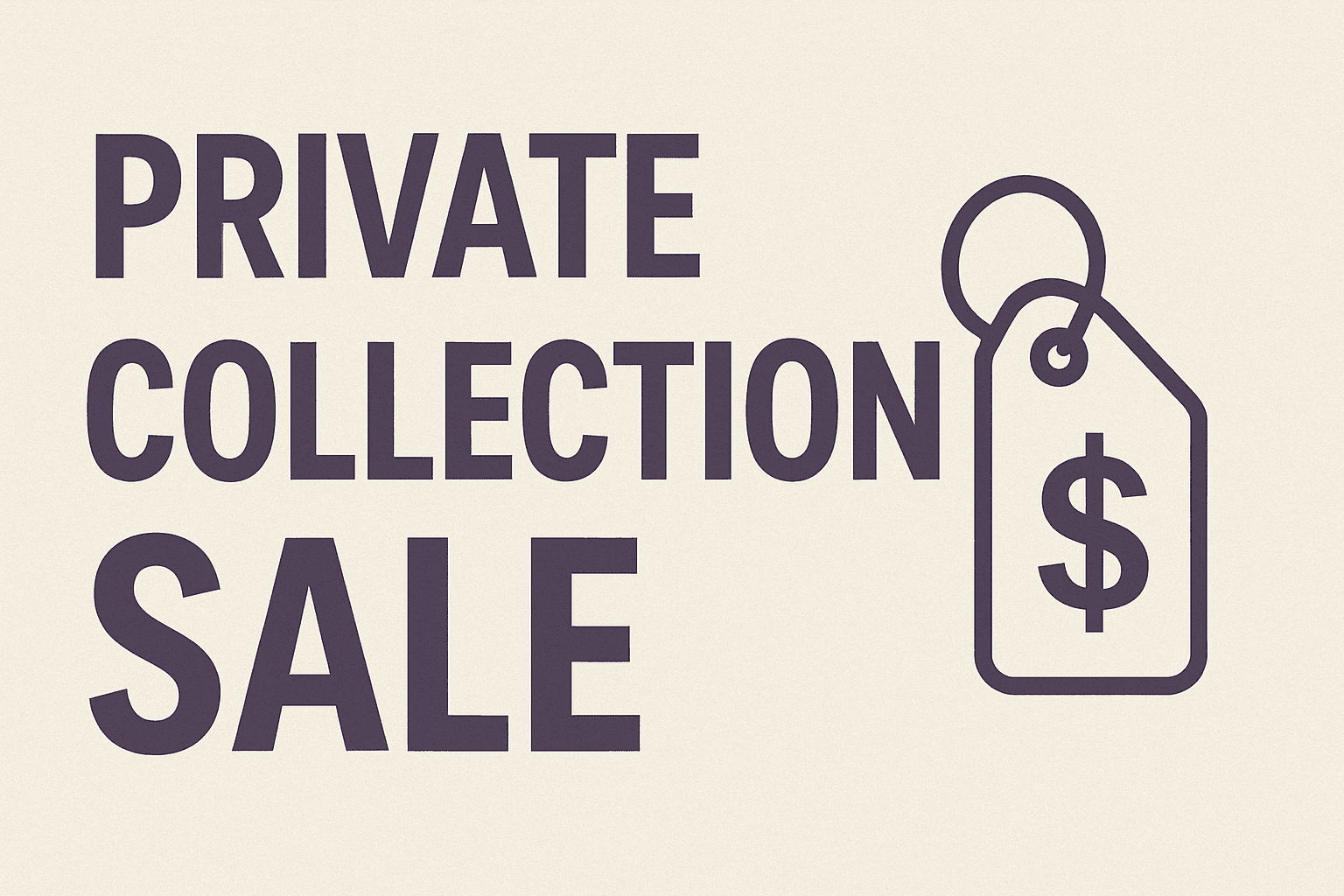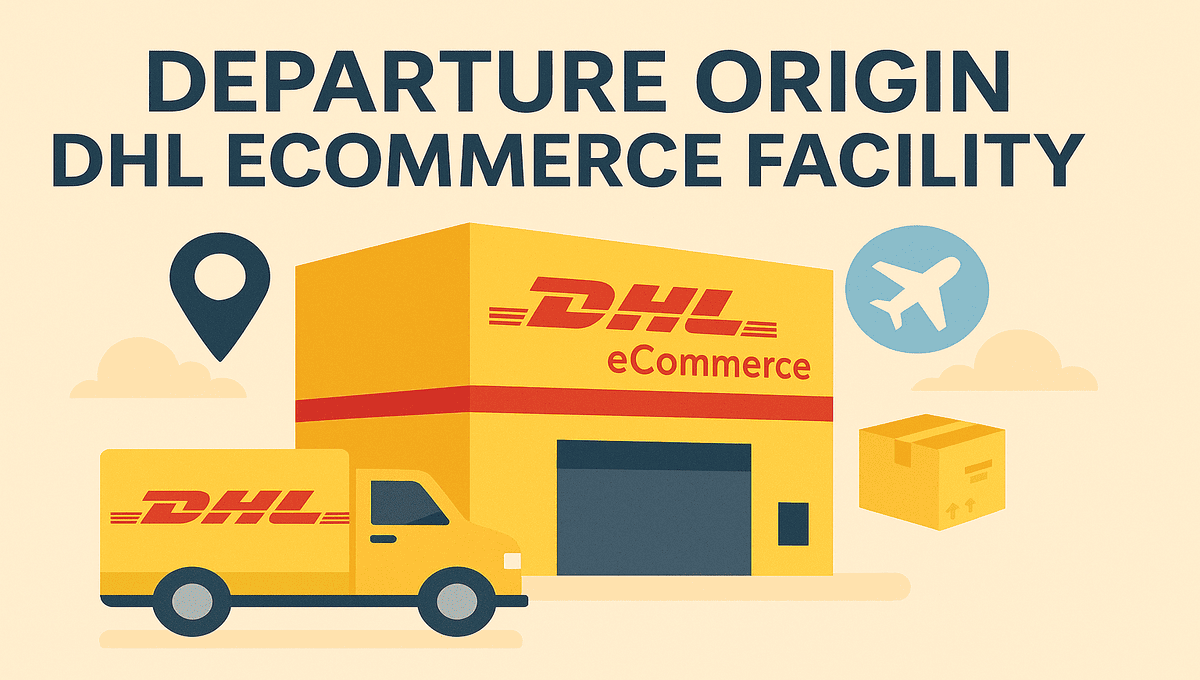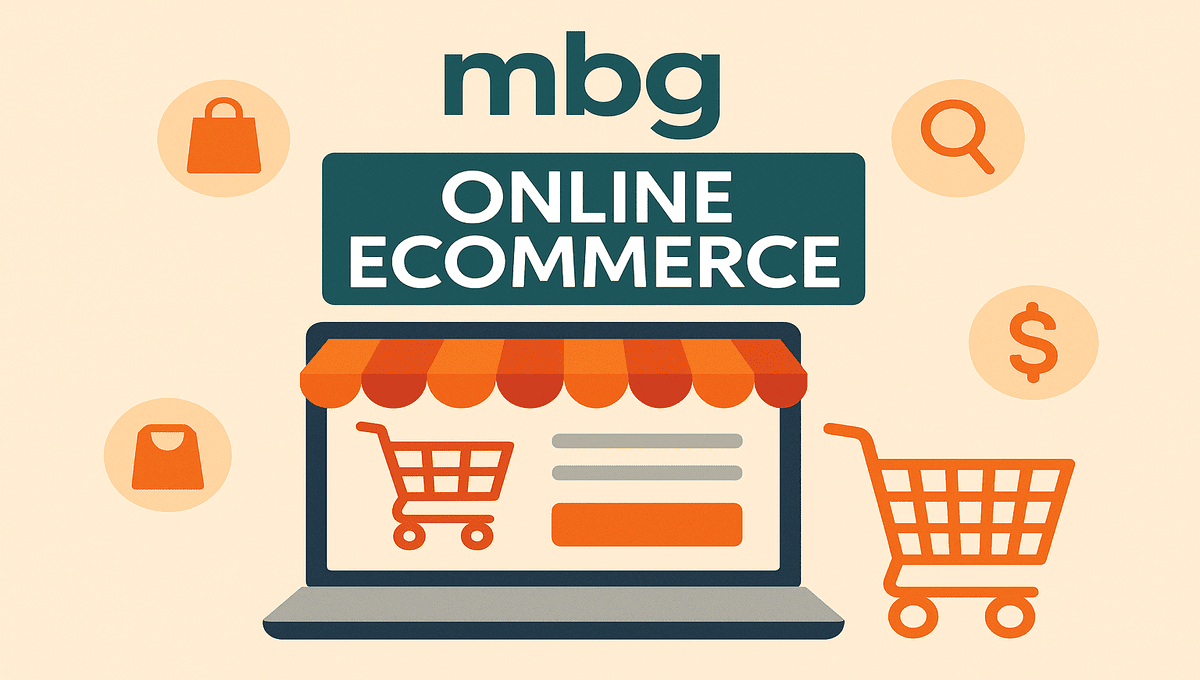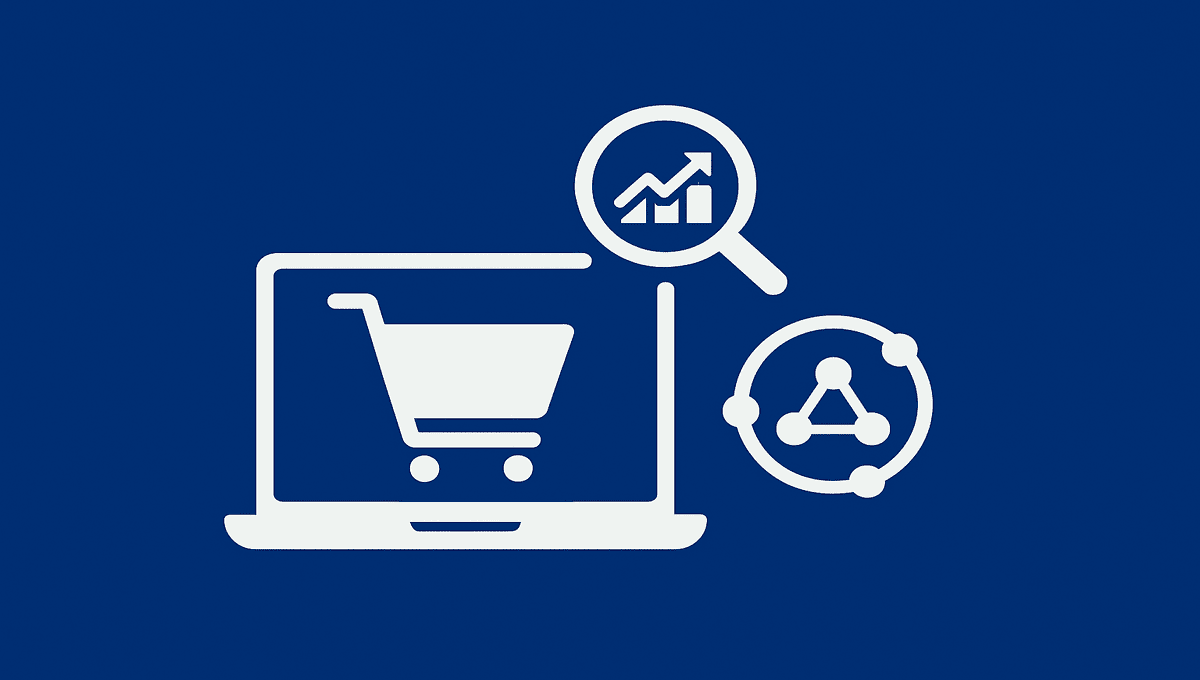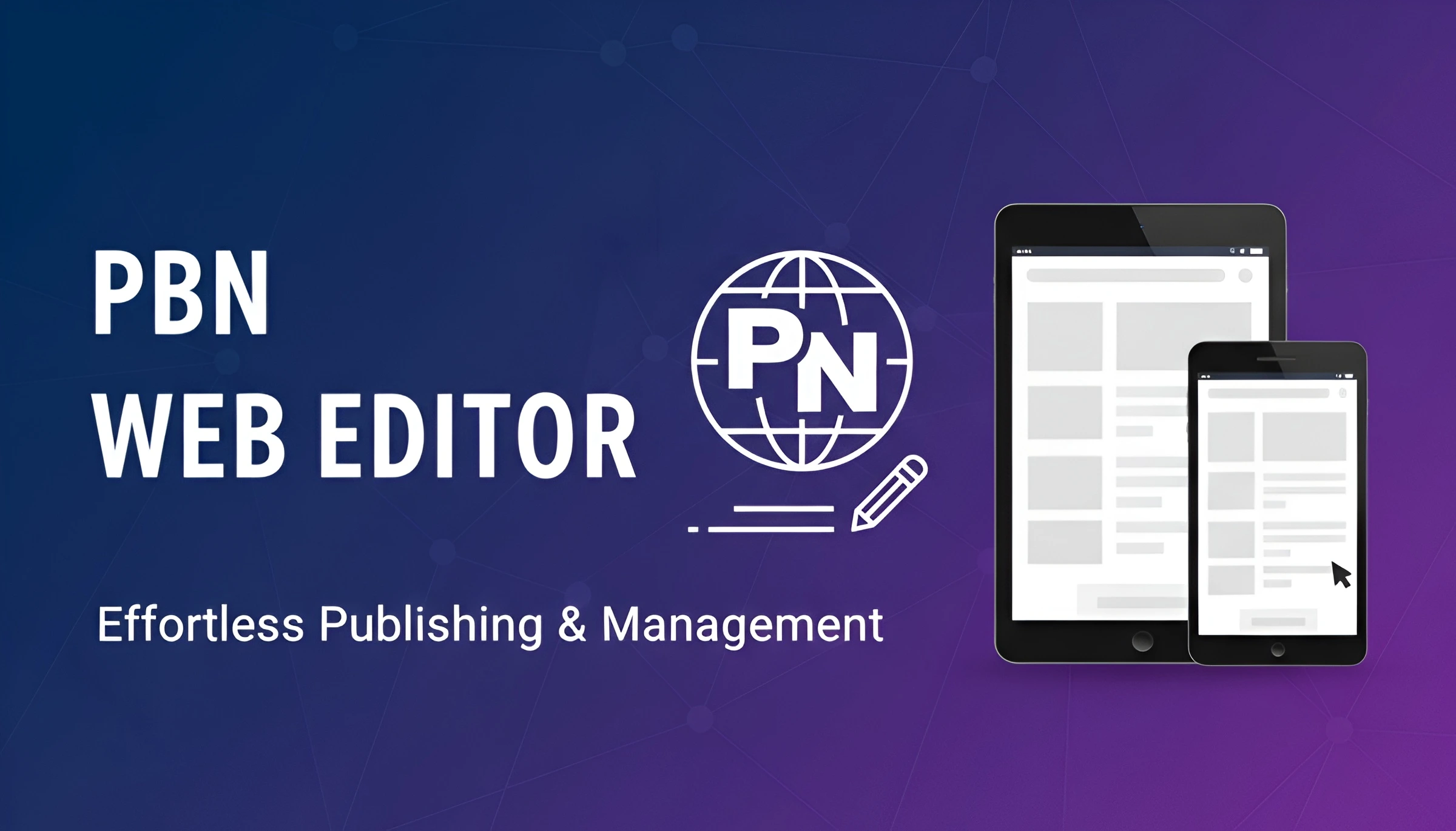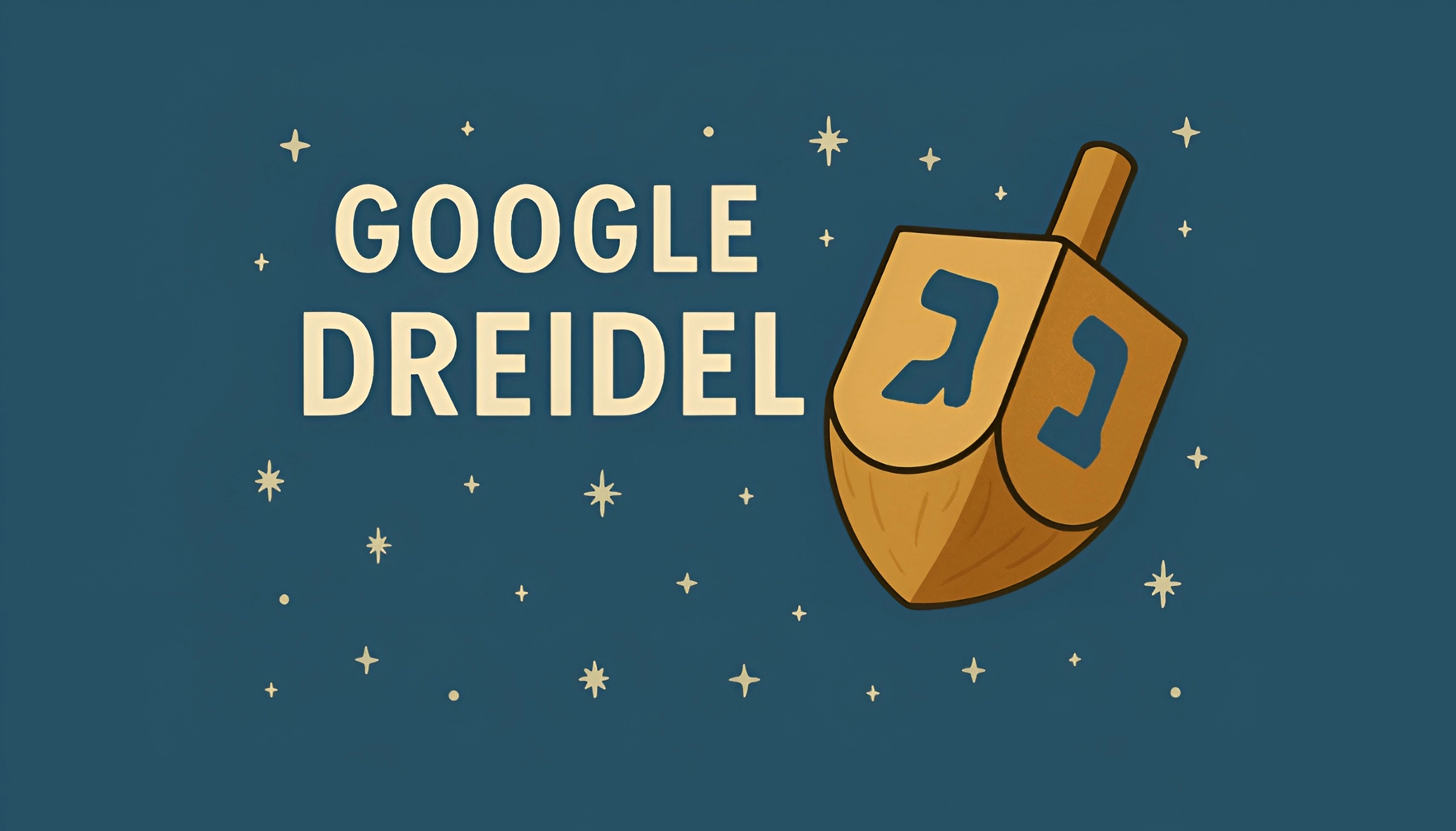Selling a private collection can feel overwhelming, especially when you’re unsure of its true worth. Whether you’ve inherited firearms, art, coins, or other collectibles, understanding how to properly evaluate and market your items is crucial for maximizing returns. Many collectors leave significant money on the table simply because they don’t know how to identify valuable pieces or reach the right buyers.
This comprehensive guide will walk you through seven proven strategies that experienced collectors and auction houses use to extract maximum value from private collection sales. By implementing these techniques, you’ll be better positioned to make informed decisions and achieve the best possible outcomes for your valuable items.
1. Conduct Thorough Research and Documentation
The foundation of any successful collection sale begins with comprehensive research. Start by creating a detailed inventory of every item in your collection, including photographs, condition assessments, and any available provenance or documentation. This process often reveals surprising discoveries about items you may have overlooked.
Professional appraisers recommend spending at least 40 hours researching a substantial collection before making any selling decisions. Use online databases, reference books, and collector forums to understand current market values. Document serial numbers, manufacturer details, production dates, and any unique characteristics that might affect value. Items with original packaging, certificates of authenticity, or historical significance often command premium prices.
Consider hiring a certified appraiser for high-value items or collections you’re unsure about. The cost of professional appraisal typically pays for itself by identifying valuable pieces that might otherwise be undervalued or overlooked.
2. Understand Market Timing and Trends
Market conditions significantly impact collection values, and timing your sale can make a substantial difference in final returns. Collectibles markets often experience seasonal fluctuations, with certain categories performing better during specific times of year.
Research shows that firearms and hunting-related collectibles typically see increased demand during fall hunting seasons, while art and luxury items often perform better during tax refund season or before major holidays. Economic factors also play a role—during uncertain times, tangible assets like precious metals, rare coins, and collectible firearms often see increased interest from investors seeking alternatives to traditional markets.
Monitor auction results, online marketplaces, and industry publications to identify trends in your collection category. Join collector groups and attend trade shows to stay informed about market sentiment and emerging opportunities.
3. Choose the Right Selling Platform
The platform you choose for selling your collection can dramatically impact both the final sale price and the pool of potential buyers. Each selling method has distinct advantages depending on your collection type and timeline.
Consignment through established auction houses often yields the highest returns for valuable collections, as they attract serious collectors and investors willing to pay premium prices. Online gun auctions have become increasingly popular for firearms collections, offering access to nationwide buyer networks while maintaining proper legal compliance.
For less valuable items or when speed is priority, online marketplaces like eBay or specialized collector platforms may be more appropriate. Estate sale companies work well for diverse collections but typically take larger commissions. Consider selling high-value items individually through specialized channels while grouping lower-value pieces for bulk sales.
4. Leverage Professional Authentication and Grading
Third-party authentication and grading can significantly increase buyer confidence and final sale prices. Professional grading services provide independent verification of authenticity and condition, which is particularly important for high-value collectibles where reproductions or altered items are common.
Statistics from major auction houses show that authenticated items typically sell for 15-30% more than similar ungraded pieces. The grading process also provides detailed documentation that enhances provenance and helps justify premium pricing to potential buyers.
Research reputable grading services specific to your collection type. While grading involves upfront costs, the investment usually pays dividends for items worth more than a few hundred dollars. Factor grading timelines into your selling schedule, as the process can take several weeks during busy periods.
5. Implement Strategic Marketing and Presentation
How you present your collection significantly influences buyer interest and final sale prices. Professional photography is essential—poor images can reduce sale prices by 20% or more, even for valuable items. Use proper lighting, clean backgrounds, and multiple angles to showcase each piece effectively.
Write detailed, accurate descriptions that highlight unique features, historical significance, and condition details. Include relevant keywords that serious collectors search for, but avoid exaggerated claims that might damage credibility. Transparency about condition issues builds trust and prevents disputes later.
Consider creating compelling narratives around significant pieces. Collectors often pay premiums for items with interesting histories or connections to notable events or figures. Document and share these stories as part of your marketing efforts.
6. Build Relationships with Serious Collectors
Developing relationships with knowledgeable collectors in your field can provide valuable insights and direct sales opportunities. Many experienced collectors maintain want lists and are willing to pay premium prices for specific items they need to complete their collections.
Attend collector meetings, join online forums, and participate in trade shows to network with potential buyers. These relationships often lead to private sales that avoid auction fees and commissions while still achieving fair market prices.
Consider reaching out to museums, historical societies, or educational institutions for items with significant historical value. While they may not always offer top dollar, they can provide tax benefits through charitable donations while ensuring your collection finds an appropriate home.
7. Plan for Legal and Tax Implications
Proper planning for legal and tax implications protects your interests and maximizes net proceeds from collection sales. Different types of collectibles may qualify for various tax treatments, including potential capital gains benefits for items held as investments.
Maintain detailed records of purchase prices, improvement costs, and selling expenses to accurately calculate tax obligations. For inherited collections, establish fair market value at the time of inheritance to determine cost basis for tax purposes.
Ensure compliance with all applicable laws, particularly for regulated items like firearms, ivory, or items with import/export restrictions. Work with professionals familiar with collectibles law to avoid costly compliance issues that could impact your sale.
Understanding these seven strategies positions you to make informed decisions that maximize the value of your private collection sale. Whether you’re dealing with a single valuable piece or an extensive collection, taking time to properly research, authenticate, and market your items will significantly impact your final returns.

